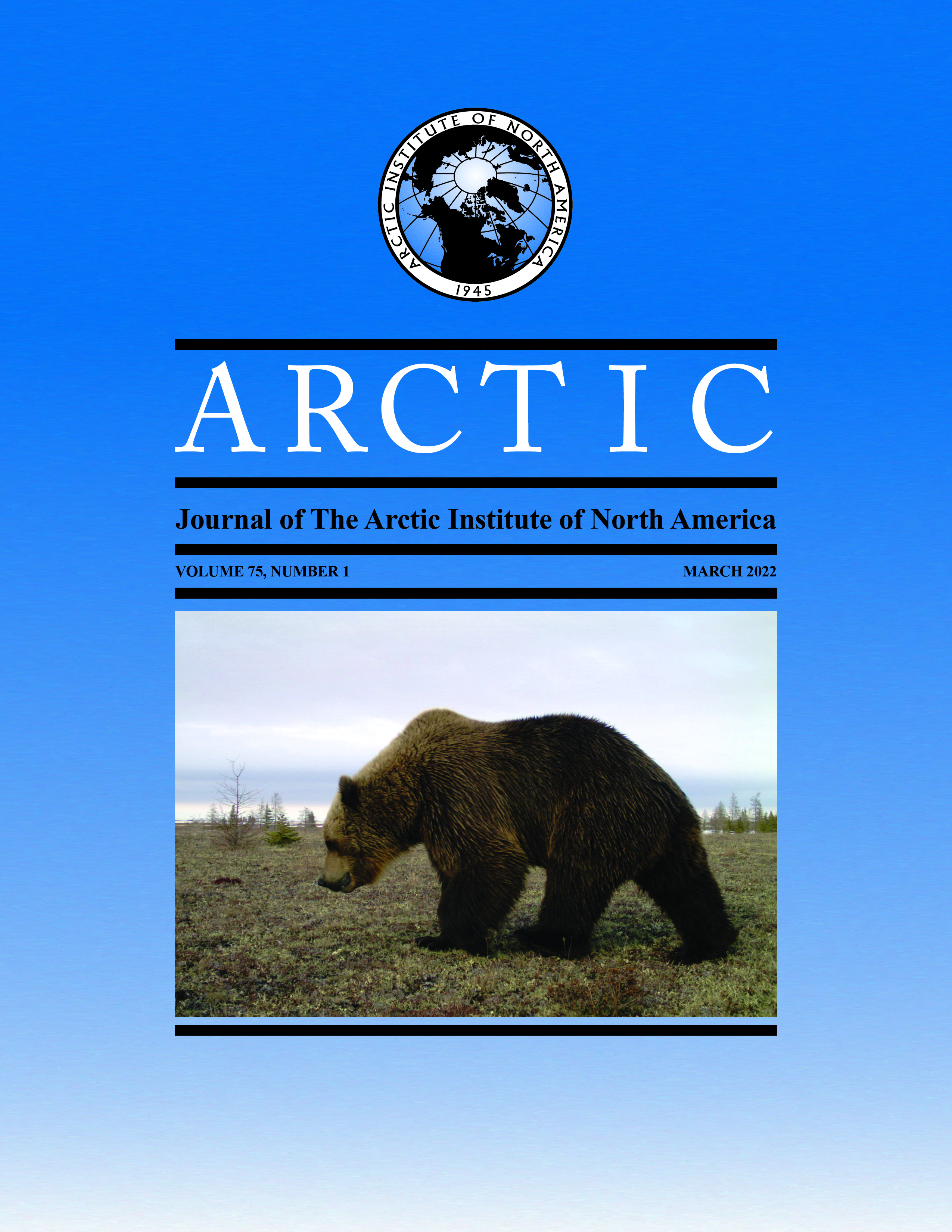Interregional Differences in Agricultural Development across Circumpolar Canada
DOI :
https://doi.org/10.14430/arctic74717Mots-clés :
circumpolaire; agriculture nordique; insécurité alimentaire; jardins communautaires; développement agricoleRésumé
En réponse aux degrés d’insécurité alimentaire élevés dans la région circumpolaire, de nombreuses communautés canadiennes estiment que le développement de l’agriculture locale constitue un moyen de surmonter cet enjeu. Le développement agricole prend plusieurs formes dans la région circumpolaire, région qui comprend le Yukon, les Territoires du Nord-Ouest, le Nunavut, le Nunavik (Québec) et le Nunatsiavut (Terre-Neuve-et-Labrador). Dans cet article, nous explorons les différences interrégionales en matière d’agriculture circumpolaire, leur développement historique et leur lien avec les conditions biophysiques, socioéconomiques et politiques qui ont cours dans les diverses régions. Nous nous appuyons sur les stratégies alimentaires locales et sur la documentation concernant les initiatives agricoles actuelles pour discuter de l’orientation future de l’agriculture circumpolaire au Canada. Du point de vue agricole, le Yukon et les Territoires du Nord-Ouest sont les sous-régions les plus développées de la région circumpolaire du Canada, et les gouvernements de ces territoires soutiennent le développement de l’agriculture commerciale. Au Nunavut, au Nunavik et au Nunatsiavut, relativement peu d’initiatives agricoles sont en cours, bien que des efforts aient été déployés à l’échelle locale pour établir des jardins ou des serres communautaires et pour améliorer l’accès aux produits frais grâce à la subvention de produits importés. En raison de la variabilité des environnements biophysiques, sociaux, institutionnels et politiques, les stratégies de production alimentaire donneraient de meilleurs résultats si elles étaient adaptées à chaque sous-région. Le développement continu de politiques agricoles favorables et d’installations de transformation homologuées au Yukon et dans les Territoires du Nord-Ouest pourrait améliorer l’accès aux marchés, tant à l’échelle locale qu’à l’extérieur des territoires. Les sous-régions de l’est (Nunavut, Nunavik et Nunatsiavut) ont davantage tendance à préconiser de petits projets communautaires. Les initiatives de ce genre pourraient être facilitées pour inciter les communautés à jouer un rôle dans leur durabilité à long terme. La plupart des études sur l’agriculture circumpolaire portent sur les défis biophysiques et sociaux. La région pourrait bénéficier de recherches plus approfondies au sujet des obstacles institutionnels et politiques du développement agricole.



